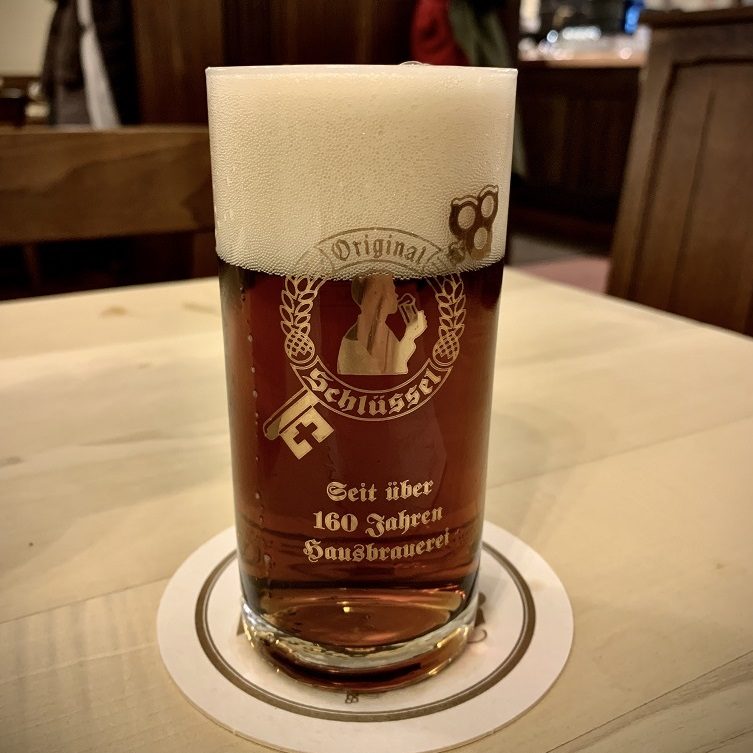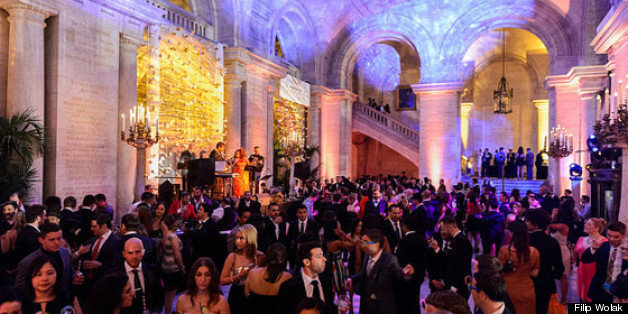A brief memoir by Liam Anderson
One of my favourite things to do this past year has been to remind friends (and any captive audience) about the beer-centric trip around parts of Europe my excellent wife took me on at the turn of 2019/2020. I will spare you the details about our travels through Denmark, Sweden and Belgium, suffice to say that after a week in Brussels indulging in spontaneously fermented & fruited sours, all manner of highly carbonated saisons & Belgian strong ales and Trappist ales, I was ready for Germany and a nice clean lager!*
*I will qualify this to say that Altbier and Kölsch (the beers from Düsseldorf and Cologne) are fermented with top-fermenting ale yeast, however this is done at the cooler end of their temperature range, followed by several weeks of lagering.
So, we hopped on a high speed train, waved goodbye to Brussels and after a couple of hours (and train beers) later, we arrived in Düsseldorf. In planning this trip I made sure that in each city we stayed within proximity of where the breweries are, and in countries such as Belgium and Germany beer is a respected and celebrated part of local culture, this meant staying in the Altstadt (Old Town). These areas can be a bit touristy but we didn’t mind, as cobblestone streets and historical buildings are rare back home. In the case of Düsseldorf the Altstadt is also known as “The Longest Bar in the World” with around 300 pubs, bars, and a number of historic Altbier producing breweries. Conveniently, our airBNB accommodation was an old loft apartment directly next door to one of these breweries: Hausbrauerei Zum Schlüssel. I immediately climbed onto the roof and was greeted by the smell of roasting pork knuckle from the brewery’s kitchen, which reminded me that it was lunch/beer time.

My first Alt from Schlüssel (left) – ‘Halb und halb” (right)
All the alt breweries served their beer in the same manner – 200ml of beer in a 250ml stange with a thick and steady head that you could balance a coin on. They also generally only have one beer available, served by gravity from what looked like 30 litre wooden casks propped up on the bar. The server was typically a big bloke who took his job very seriously, and that was flinging as many beers at customers as possible. They would vigorously pour about 20 glasses, allowing them to settle then top them up to the level shown in the photo above. This method helps to release the aromatics, trapping them in the head of the beer to be slowly released with each sip. He would then carry the beers around on a specially designed tray with one hand, and give everybody a beer who was within 2 sips of finishing their last, marking their coaster with a pencil in one swift movement. This was great because my sips are about 100ml. The only way to stop the flow of beers was to put a coaster on top of the glass. They also served the alt “halb und halb” with sweet unfermented high gravity wort, a bit too sweet after a pork knuckle and countless altbiers.
In Düsseldorf we also visited a few of the other alt breweries: Füchschen, Kürzer, Schiffen, Uriege, and Im Goldenen Kessel (Schumacher). There was some variation between the altbiers from each brewery in terms of malt and hop intensity, but generally they were clean, well attenuated, fresh and quaffable, with a smooth nutty toasted brown bread malt profile and just enough grassy hops to balance. My favourite was Uriege, the beer was a more hoppy and bitter than the others, and instead of the wooden casks being lifted up from the cellar by a dumb-waiter or on a trolley, the rather large and boisterous cellarman would roll them down the length of the bar. This resulted in the song “roll out the barrel” being stuck in my head for weeks.

Rolling out the barrel (left) – Bloke after a hard day LARPing for Carnival (right)
At Goldenen Kessel there were dozens of blokes dressed in blue and red uniforms, presumably after a day of… whatever they do at Carnival. Germans are a serious bunch, and apparently Düsseldorfians take partying extremely seriously. It is also now worth mentioning that there is a serious rivalry between Düsseldorf and Cologne dating back to the 1200s, and apparently these days it involves traveling down to Cologne to show them how to party properly. In contrast, we were extremely well behaved during our day trip to Cologne.
After a 30min train trip down the Rhine, we arrived in Cologne; the larger and fancier of the neighboring cities. After a quick look at the Cologne Cathedral (which could use some 30 Second Outdoor Cleaner) we headed to Brauerei Zur Malzmühle, who have been producing Kölsch for 160 years. Their brewery is located in a rather humble building, which apart from the front doorway had been obliterated during WW2. Apparently they rebuilt the brewery and got it operational before the rest of the building had been finished; such is the importance of beer.

Mühlen kölsch (left) – kölscher kaviar (right)
Kölsch is served in much the same manner as altbier, with the only significant differences being that the stange is taller, and the cellarmen are slightly more polite, waiting until the final sip before appearing with the next beer.
There is also a rather unfair saying in Cologne, that if you tip kölsch into the Rhine, by the time it makes its way downstream to Düsseldorf it has turned into altbier. It is very pale, brilliantly clear, and all about subtly and drink-ability. Of the handful of breweries we visited in Cologne, the Mühlen was my favourite. Light floral hops, light crackery smooth malt and a fresh dry finish. My other favourite thing is the traditional lunch they call kölscher kaviar – thick slices of cold blood sausage, pickled onion, butter and a crusty bread roll. I still have dreams about it.
We also visited Brauerei Pfaffen, another small operation with intricate wooden carvings on the walls of various parts of the brewing process, and Früh am Dom, with about 10 times the output of the other two still manage to make a delicate and high quality drinking beer.
I hope that we are able to travel again soon, but in the meantime the best we can do is brew and enjoy styles of beer from around the world, because I sure as hell haven’t tasted a commercially brewed kölsch in Australia as good as these. Prost!








